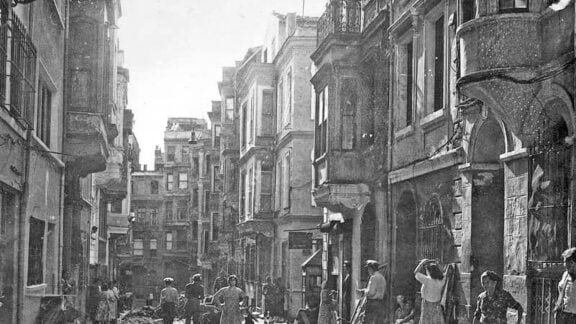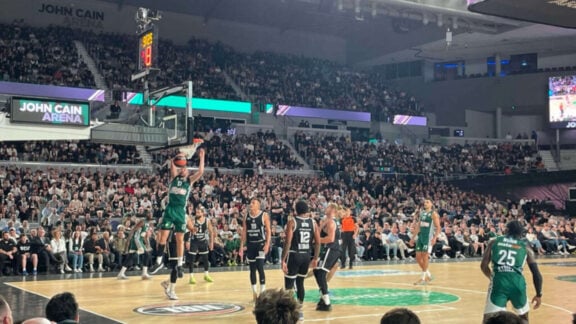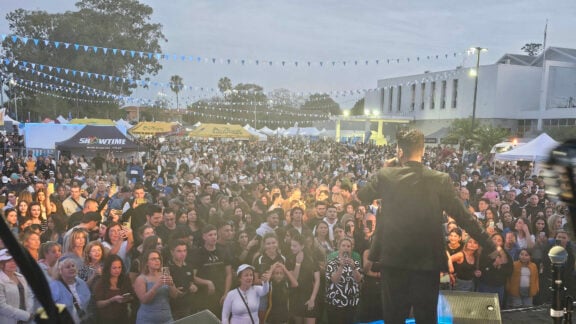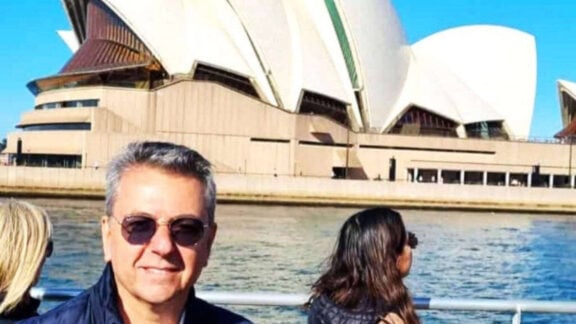Sixty artefacts have been returned to Cyprus from Germany after they were looted in the Turkish invasion in 1974.
According to Reuters, authorities formally received the antiquities on Monday as part of an ongoing effort to trace and repatriate thousands of artefacts fenced worldwide.
Cypriot artefacts from the occupied north have been found all over the world ranging from church doors in Japan, early Christian art in the United States and bronze age antiquities in Australia.
Some of Monday’s items repatriated are from the chalcolithic and bronze age and include a wall painting from a church.
Cypriot officials said looting is a concerted assault on the island’s cultural heritage.
“Hundreds of churches and archaeological sites have been plundered, with thousands of relics exported illegally from our occupied country,” Cypriot President Nikos Christodoulides said during an event at the Cyprus Museum.
In 1974 the museum’s entire contents, which chronicled Cyprus back to 9,000 BC, was emptied and sent to Athens for safekeeping.
The newly returned collection where found in Germany in 1997 when police discovered hundreds of artefacts at addresses leased by a Turkish art dealer who died in 2020.
“In most cases the items on sale are not accompanied by a record of legal acquisition to show it was legally exported from Cyprus,” said Eftychia Zachariou, Curator of Antiquities.
One example of looting was the removal of a mosaic at the village of Lythrangomi in the north in the late 70s’.
The sixth century mosaic was one of a few surviving pieces of religious art in the region before Byzantine emperors briefly banned images and icons – was hacked off the wall and broken into pieces and sold.
A number of pieces have since been recovered and are now on display in Cyprus’s Byzantine Museum.









